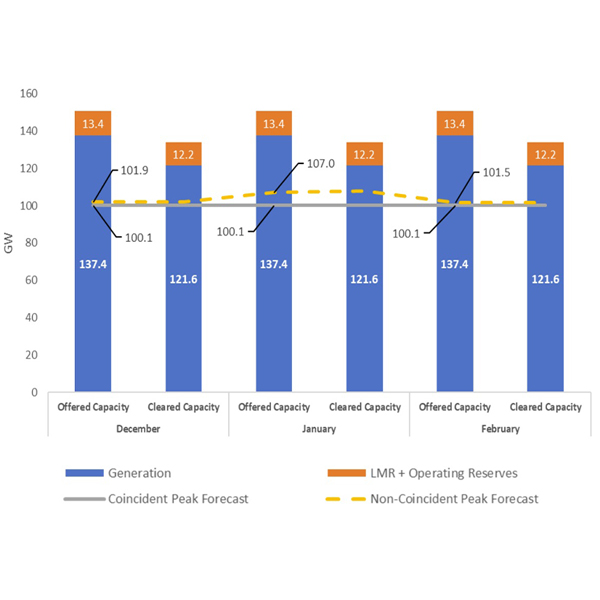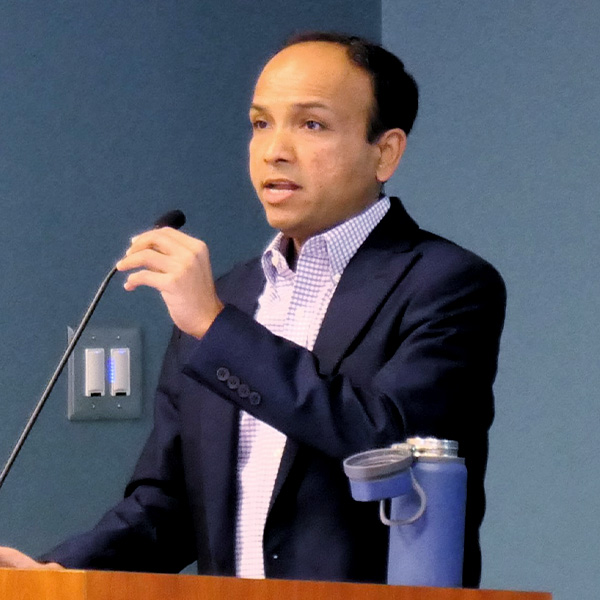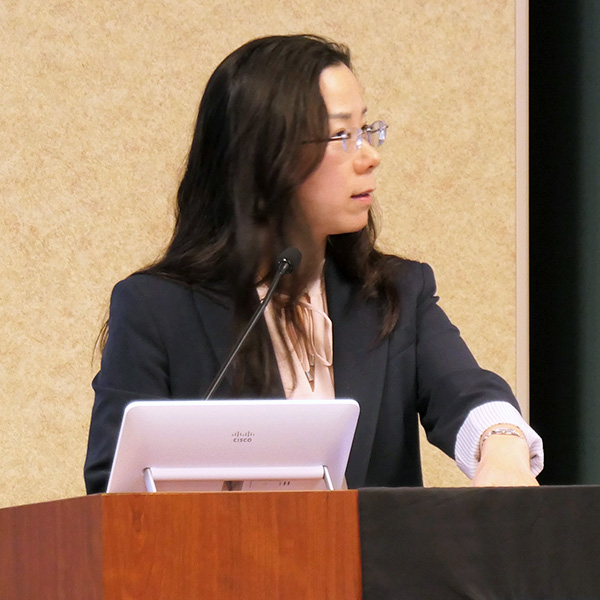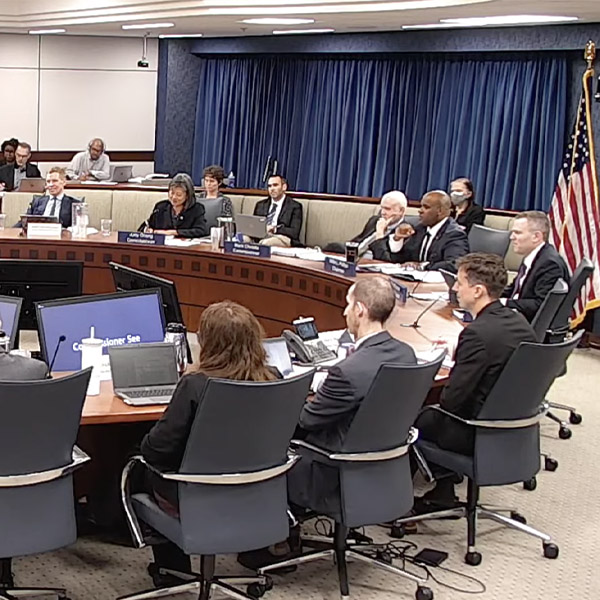Capacity Market
MISO doesn’t foresee a scenario where it comes close to risky operations in the upcoming winter.
PJM’s Planning Committee endorsed an issue charge to examine a “disconnect” around risk modeling showing loss of load risk has shifted from summer peaks to the winter and the calculation of zonal capacity emergency transfer limits.
Load-serving entities that decide against participating in MISO’s capacity auction must secure anywhere from 1.5% to 4.2% beyond their reserve margin requirements in the 2025/26 planning year.
MISO this year said it generally agrees with the six new market recommendations brought forward in its Independent Market Monitor’s annual State of the Market report and is actively working on one of them.
The PJM Markets and Reliability Committee endorsed two issue charges sponsored by LS Power addressing the transparency and functionality of PJM’s marginal effective load-carrying capability accreditation methodology.
The New York Department of Public Service presented a proposal for updating the method by which NYISO determines peak load hours to the ISO’s Installed Capacity Working Group.
A common refrain at FERC’s technical conference on the co-location of data centers was that the issue is just part the broader problem of resource adequacy.
Exelon CEO Calvin Butler told investors the utility's data center forecast has increased about 80% during an earnings call.
Deep decarbonization of the New England grid will pose major challenges related to resource adequacy and market administration, ISO-NE concluded in the final report of its Economic Planning for the Clean Energy Transition study.
Panels during the OPSI Annual Meeting discussed the 2025/26 capacity auction yielding an eightfold jump in prices, as well as possible changes to the subsequent auction.
Want more? Advanced Search









